The Beauty of Natural Hair: A Complete Guide to Embracing Your Kinks and Coils
Your Natural Hair is a Crown: A Journey of Discovery
The movement toward embracing the beauty of natural hair is more than a trend; it's a celebration of identity, heritage, and authenticity. For too long, kinks, coils, and tight curls were misunderstood and subjected to harsh chemical treatments to conform to unattainable standards. Today, a powerful shift is underway. Individuals everywhere are learning to love and nurture their hair in its magnificent, natural state. This journey is one of unlearning, patience, and profound self-acceptance. Embracing your natural hair is about discovering the unique language it speaks and providing the care it needs to flourish.
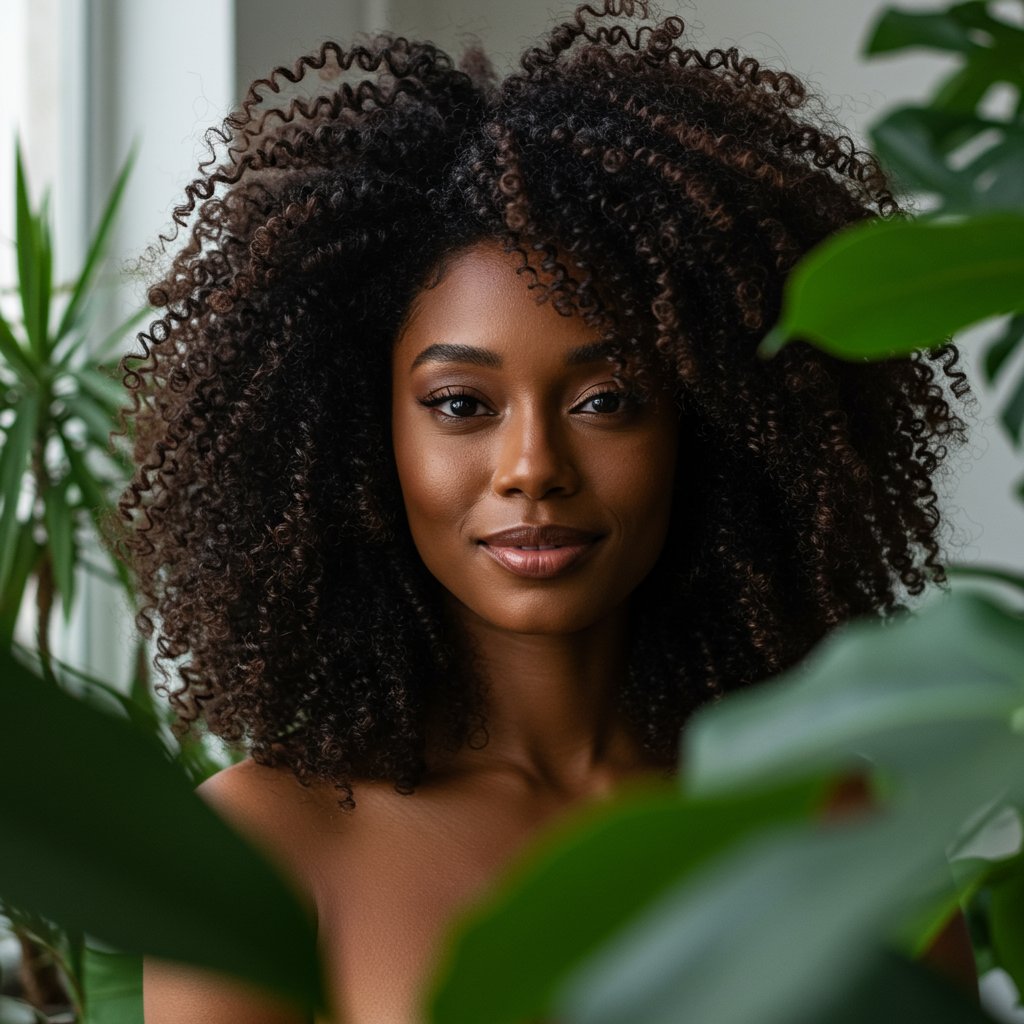
This comprehensive guide is designed to empower you on your path. We will delve into the rich history of natural hair, demystify hair types and porosity, and provide you with the foundational knowledge to build a hair care routine that works for you. From mastering styling techniques that make your texture pop to overcoming common challenges with confidence, consider this your roadmap to unlocking the incredible potential and breathtaking beauty of your kinks and coils. It's time to celebrate the crown you were born with.
The Roots of Radiance: The Cultural Significance of Natural Hair
Understanding the beauty of natural hair requires a journey back in time. In many ancient African civilizations, hair was not merely decorative; it was a profound form of communication. Intricate braids, locs, and coils could signify a person's tribe, marital status, age, wealth, and social standing. Hair styling was a communal art form, a ritual passed down through generations, strengthening bonds and preserving cultural identity. Hair was revered, adorned with beads, shells, and threads, and seen as a conduit for spiritual energy, connecting one to the divine.
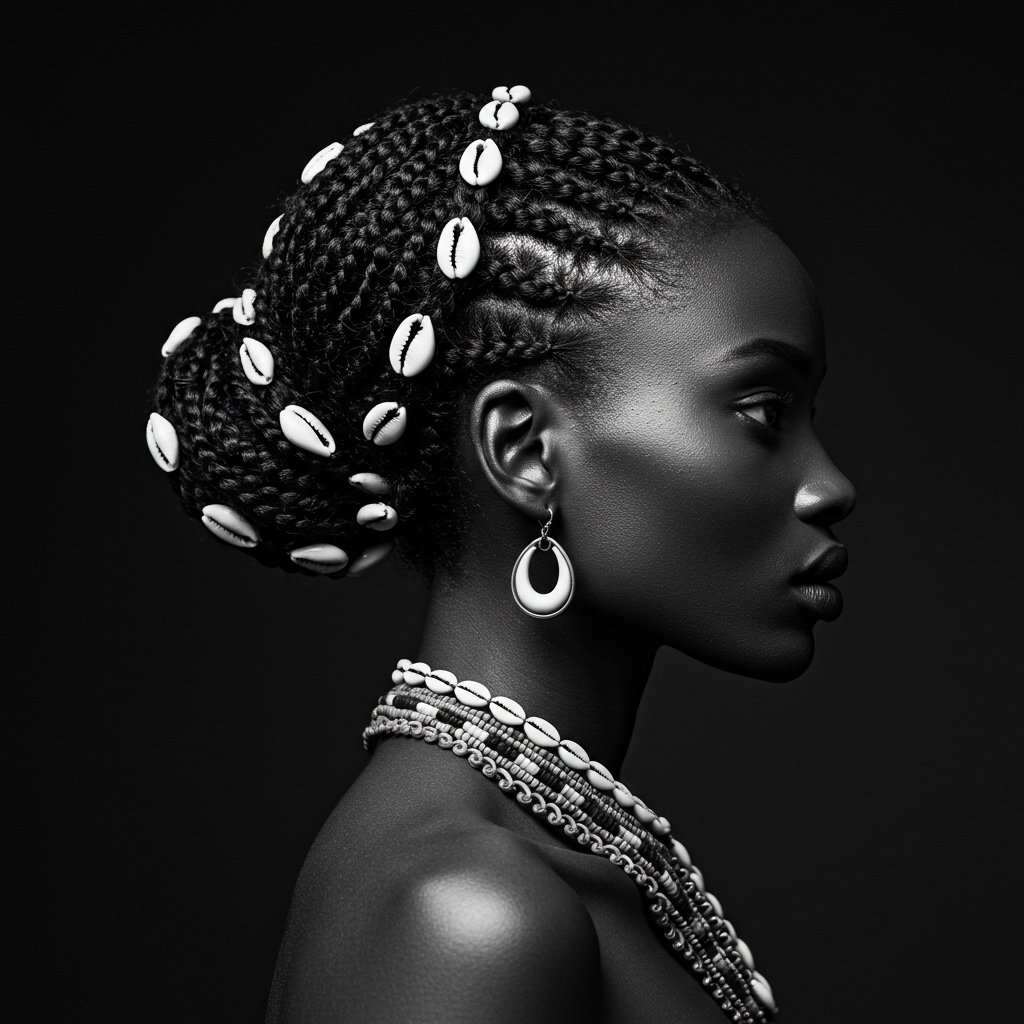
This rich heritage was systematically attacked during the transatlantic slave trade and the ensuing centuries of colonization and systemic racism. Natural African hair was unjustly labeled as unprofessional, unkempt, and undesirable, forcing many to adopt Eurocentric beauty standards through damaging practices like hot combing and chemical relaxing. The natural hair movement of the 1960s and 70s, part of the larger Black Power movement, was a revolutionary act of defiance and self-love. It was a bold reclamation of identity. Today's resurgence of that movement is amplified by the digital age, creating global communities that share knowledge, celebrate progress, and redefine beauty on their own terms.
Decoding Your Curls: Understanding Hair Type, Porosity, and Density
Embarking on a successful natural hair journey begins with understanding your hair's unique characteristics. While the hair typing system (from Type 1 straight to Type 4 coily) is a popular starting point, it's crucial to remember it's just one piece of the puzzle. Kinky and coily textures typically fall into the Type 4 category, characterized by tightly packed coils and zig-zag patterns that are naturally prone to dryness and shrinkage.
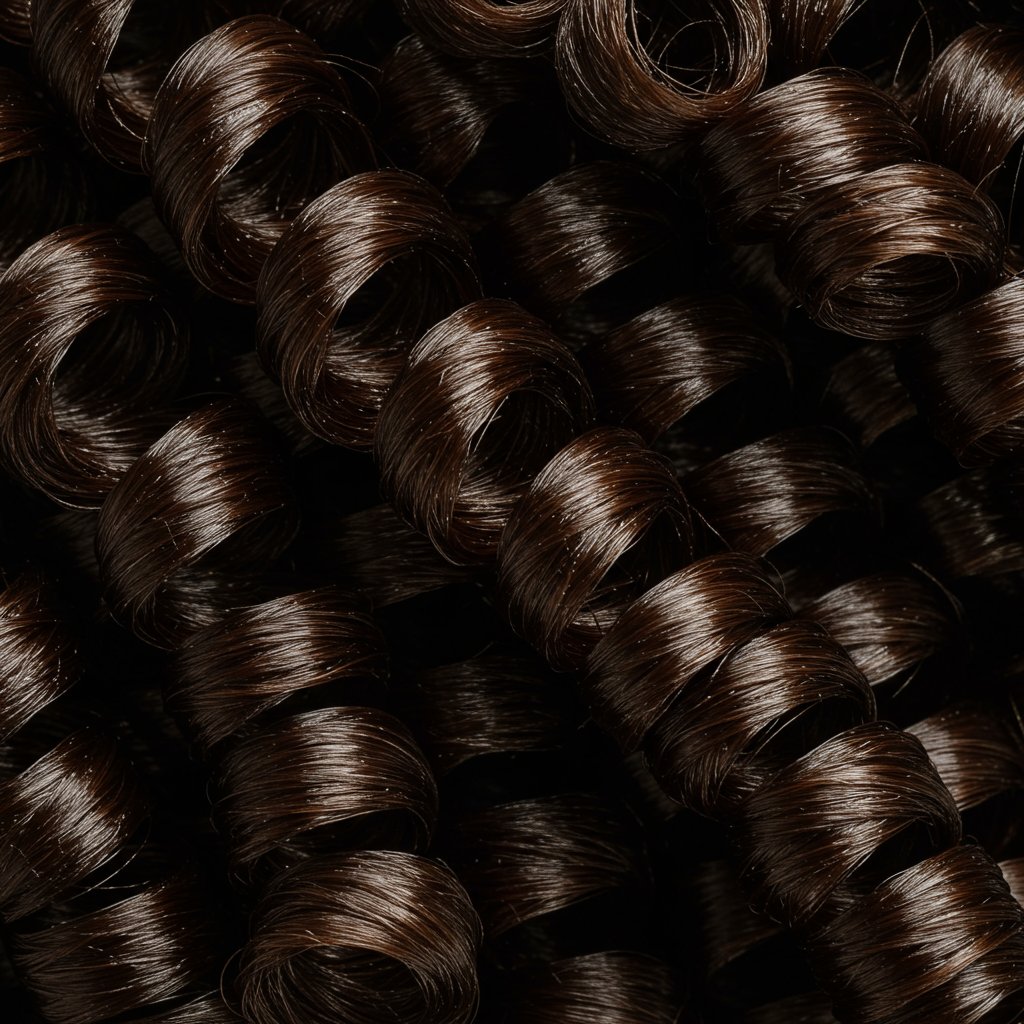
Beyond the curl pattern, two other factors are even more critical for your hair care routine:
Hair Porosity: Your Hair's Thirst Level
Porosity determines how well your hair absorbs and retains moisture. It's the key to choosing the right products.- Low Porosity: The hair cuticle is tightly bound. Hair is moisture-resistant, and products tend to sit on top. It takes a long time to get wet and a long time to dry. This hair type benefits from lightweight oils, humectants, and the gentle heat of a steamer during deep conditioning to help open the cuticle.
- High Porosity: The hair cuticle is raised or has gaps, often due to genetics or damage. It absorbs moisture quickly but loses it just as fast. This hair type craves heavy butters, creams, and anti-humectants like shea butter or olive oil to seal in moisture and fill the gaps in the cuticle.
Hair Density and Width
Density refers to the number of individual hair strands on your scalp (low, medium, or high), while width refers to the thickness of each strand (fine, medium, or coarse). Someone with fine, high-density hair will have different product needs than someone with coarse, low-density hair. Fine hair can be easily weighed down by heavy products, while coarse hair can typically handle richer creams and butters. Understanding these nuances allows you to tailor your routine for optimal health and volume.The Foundation: Building a Nurturing Natural Hair Care Routine
A consistent, nurturing routine is the cornerstone of healthy natural hair. The goal is simple: cleanse gently, condition thoroughly, and moisturize effectively. While product choices will vary based on your hair's properties, the core steps remain the same. This foundational routine will help you maintain moisture balance, reduce breakage, and promote healthy growth.

Your weekly or bi-weekly wash day is a ritual of self-care. It's an opportunity to give your hair the attention it deserves. Start with a gentle, sulfate-free shampoo or a co-wash (conditioning wash) to cleanse your scalp and hair without stripping away its natural oils. Follow up immediately with a hydrating rinse-out conditioner, focusing on gentle detangling with your fingers or a wide-tooth comb while the hair is saturated with product and slip. This is the most crucial time to be patient and work through knots from the ends up to the roots.
Never skip deep conditioning. This is the step that infuses your kinks and coils with intense moisture and nutrients. Apply a rich deep conditioner or hair masque, and allow it to penetrate for at least 30 minutes. For an even deeper treatment, especially for low-porosity hair, use a hooded dryer, steamer, or even a simple plastic cap to generate heat and help the product absorb more effectively. To lock in all that hard-earned moisture, apply your styling products to damp or wet hair using a method like LOC (Leave-in, Oil, Cream) or LCO (Leave-in, Cream, Oil) to seal the hair cuticle and keep it hydrated for days.
The Art of Styling: Defining and Celebrating Your Texture
Styling natural hair is an art form, a way to express your personality and celebrate the versatility of your texture. From a defined wash-and-go that showcases your individual coil pattern to intricate protective styles that promote length retention, the possibilities are endless. The key is to find styles that you enjoy, that fit your lifestyle, and that prioritize the health of your hair.
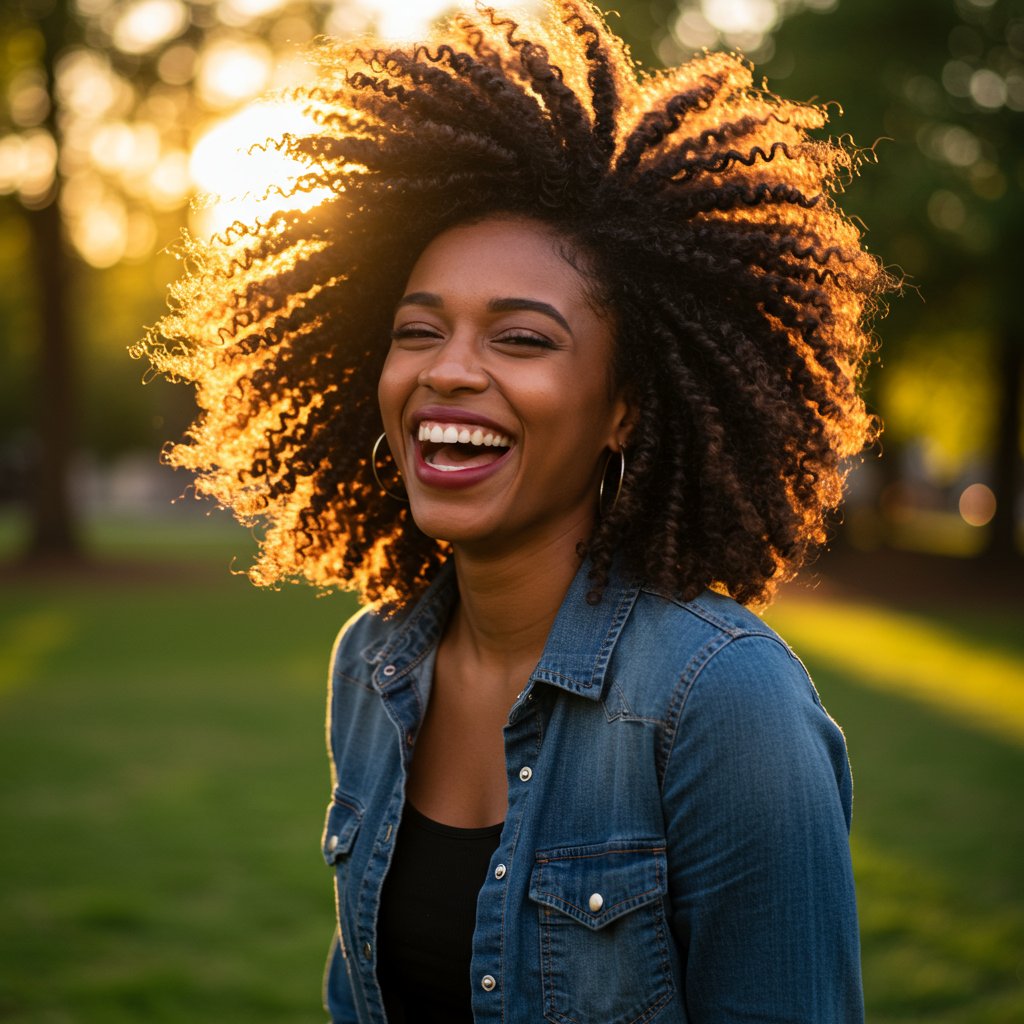
For defined styles, technique is everything. A twist-out or braid-out involves sectioning damp, moisturized hair, applying a styler like a curl cream or mousse, and creating two-strand twists or three-strand braids. Once completely dry, the twists or braids are carefully unraveled to reveal a stretched, beautifully defined curl pattern. The wash-and-go, while seemingly simple, requires finding the right combination of leave-in conditioner and gel to clump your coils together and provide hold, minimizing frizz and maximizing definition as the hair air-dries or is diffused.
Protective styling is another cornerstone of natural hair care. These are styles that tuck away the ends of your hair, protecting them from manipulation, friction, and environmental damage. This helps to reduce breakage and retain length over time. Examples include box braids, Senegalese twists, cornrows, Bantu knots, and elegant updos. When installing protective styles, it's vital to ensure they are not too tight, as this can cause tension and lead to traction alopecia. Remember to continue moisturizing your scalp and hair even while it's in a protective style.
The Essential Toolkit: Products and Implements for Thriving Hair
Having the right tools and products can make a world of difference in your natural hair journey. It's not about having a hundred different bottles; it's about having a few high-quality essentials that work for your specific hair needs. A well-curated toolkit simplifies your routine and sets your hair up for success. Start with the basics and build from there as you learn what your hair loves.
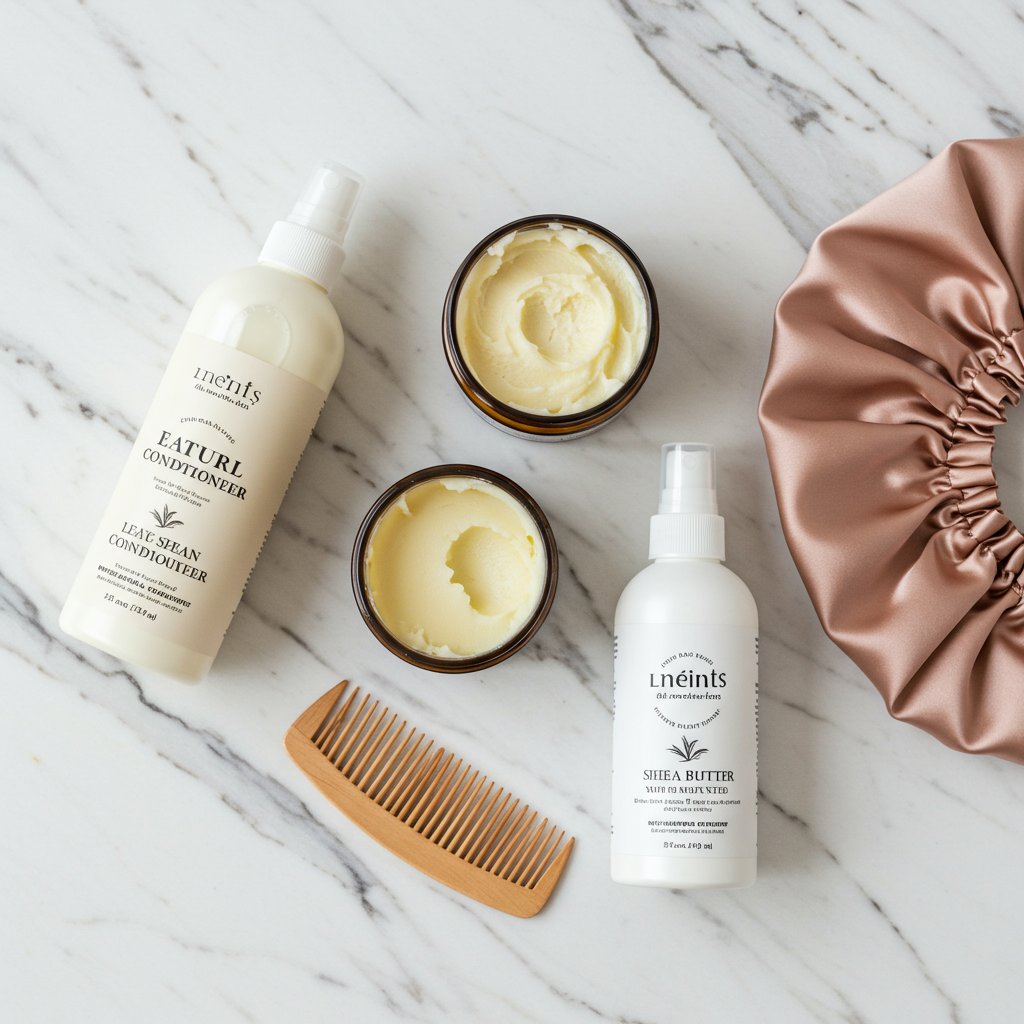
Your implement toolkit should be gentle. Swap out fine-tooth combs for a wide-tooth comb or, even better, learn to finger-detangle to minimize breakage. A spray bottle filled with water or a water-based leave-in is essential for refreshing and moisturizing your hair between wash days. For night-time protection, a satin or silk scarf, bonnet, or pillowcase is non-negotiable. These materials prevent friction against cotton pillowcases, which can cause moisture loss, frizz, and breakage while you sleep.
When it comes to products, focus on moisture-rich ingredients. Look for sulfate-free shampoos, silicone-free conditioners, and leave-in conditioners with water as the first ingredient. Incorporate natural oils and butters into your routine. Lightweight oils like jojoba and grapeseed oil are great for sealing, while heavier oils like Jamaican black castor oil can be used for scalp massages to stimulate growth. Butters like shea and mango are excellent for sealing in moisture in thicker, high-porosity hair. Finding your holy grail products is a process of trial and error, so be patient with yourself and your hair.
Navigating the Journey: Overcoming Common Natural Hair Challenges
The path to loving your natural hair isn't always smooth. It comes with a learning curve and a unique set of challenges. Understanding these common hurdles and knowing how to address them can prevent frustration and keep you motivated. Remember that every person with natural hair has faced these issues at some point; you are not alone.
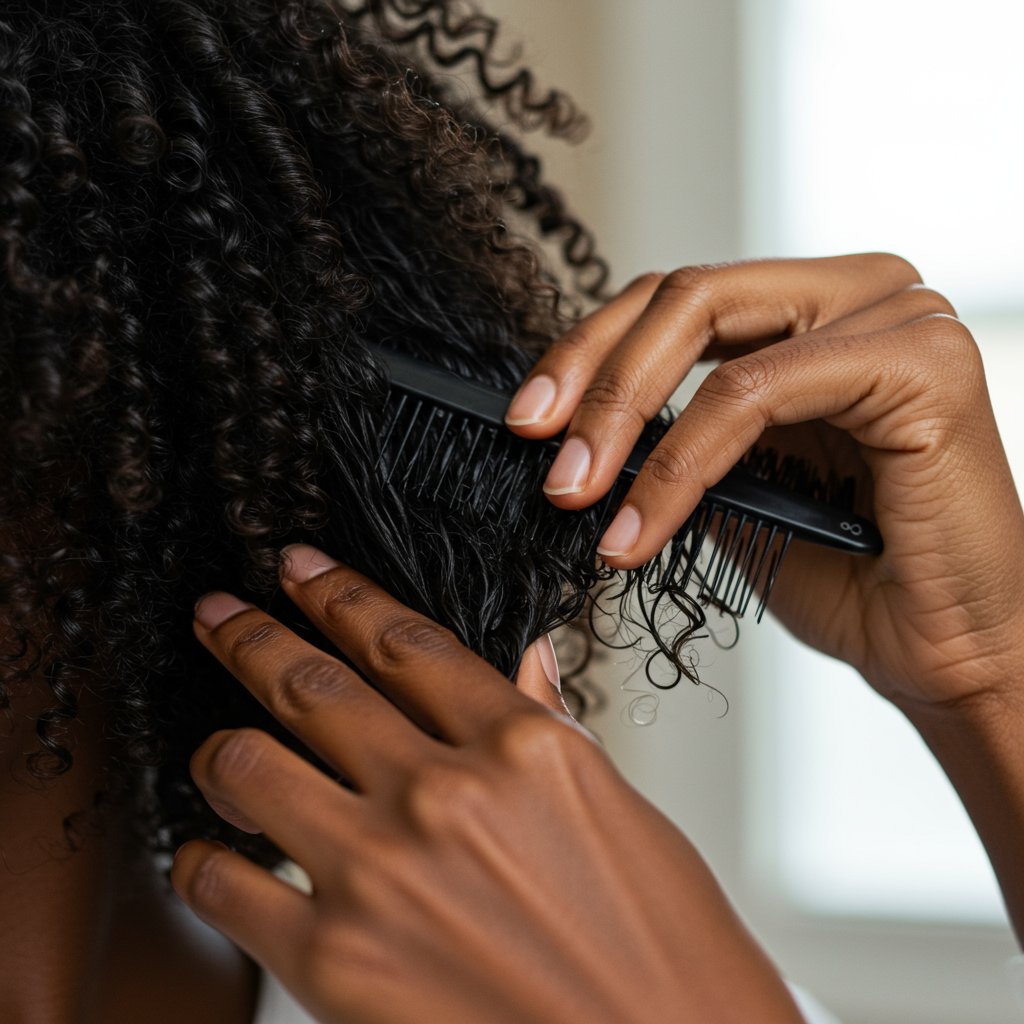
One of the most talked-about characteristics of kinky-coily hair is shrinkage—the apparent loss of length when hair goes from wet to dry. While it can be frustrating, shrinkage is actually a sign of healthy, elastic hair! To manage it, you can use stretching techniques like banding, twist-outs, or African threading. Another major challenge is dryness. Due to the shape of the hair strand, it's difficult for the scalp's natural oils to travel down the hair shaft, leaving the ends dry. Combat this with consistent deep conditioning, the LOC/LCO method, and regular moisturizing throughout the week.
Breakage and single-strand knots (or 'fairy knots') are also common complaints. Breakage can be minimized by being gentle, especially during detangling, keeping the hair moisturized, and incorporating regular protein treatments to strengthen the hair shaft if needed. Single-strand knots occur when a single strand of hair loops around and ties itself. Keeping your hair stretched and your ends properly sealed with an oil or butter can help reduce their formation. Regular trims from a professional are also essential to remove split ends and prevent them from traveling up the hair shaft, causing more damage.
The Professional Partnership: The Role of a Natural Hair Stylist
While a consistent at-home routine is the foundation of hair health, partnering with a skilled stylist who specializes in natural hair is an invaluable asset. A professional can provide services and expertise that are difficult to replicate at home, helping you reach your hair goals faster and maintain the integrity of your curls. Finding a stylist who listens to your concerns and understands the science of kinky-coily hair is a game-changer.
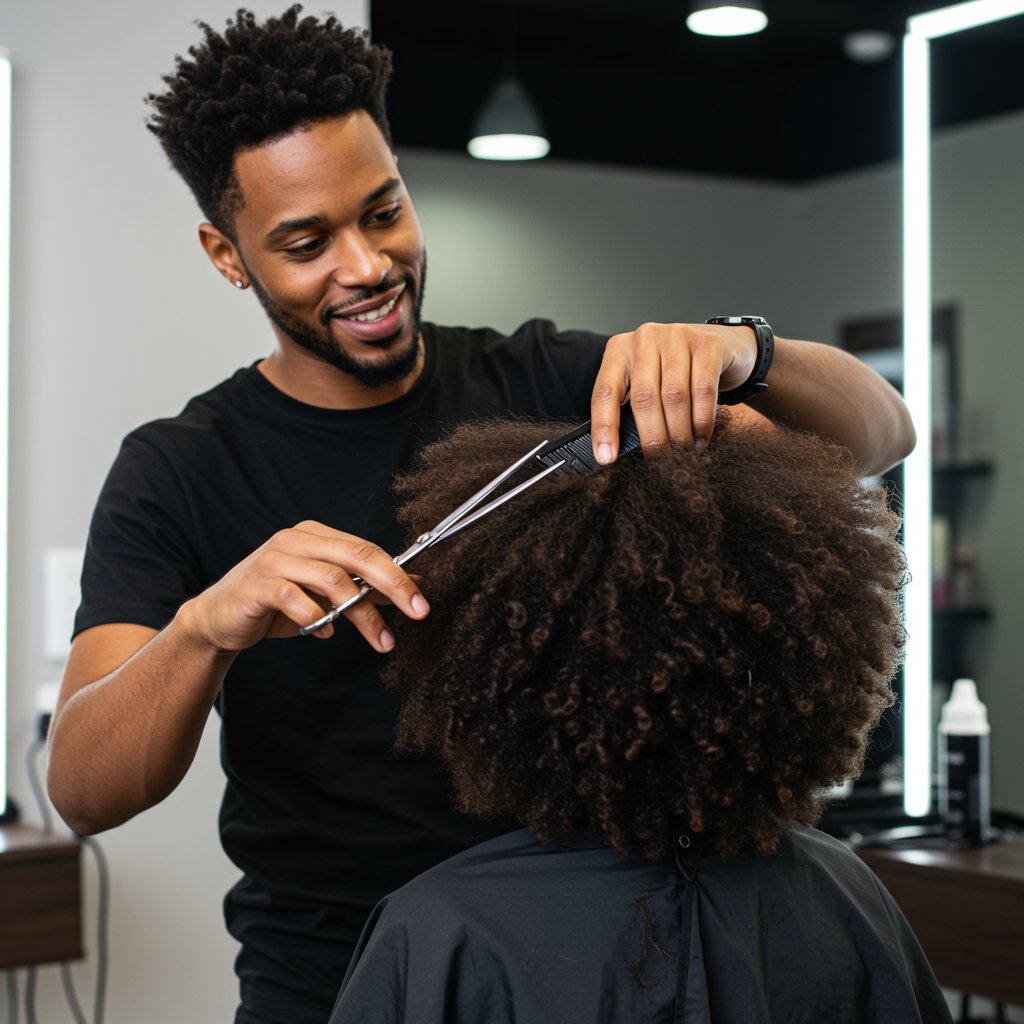
Professional salons offer precise trims and shaping that are crucial for hair health and creating a style you love. A stylist can assess your ends and remove only what's necessary, preventing breakage while preserving as much length as possible. They can also create a flattering shape that gives your hair movement and body. Salons also provide access to professional-grade treatments, like intensive protein therapies, moisture infusions, and detoxifying scalp treatments that can address specific issues more effectively than at-home remedies.
Furthermore, if you're interested in color or more complex styling, seeking an experienced stylist is non-negotiable. Coloring natural hair requires a deep understanding of how to lift pigment without compromising the delicate curl pattern. A professional can help you achieve your desired look while prioritizing the health and moisture balance of your hair. They are your trusted partner, offering guidance, expert care, and the support you need to feel confident and beautiful at every stage of your natural hair journey.
Quick Tips for Healthy, Happy Kinks and Coils
- Sleep on Satin: Always protect your hair at night with a satin bonnet, scarf, or pillowcase to retain moisture and prevent friction.
- Moisture is Key: Spritz your hair with water or a leave-in conditioner during the week to keep it hydrated.
- Detangle Gently: Only detangle when your hair is wet and saturated with conditioner, using your fingers or a wide-tooth comb from the ends up.
- Listen to Your Hair: Pay attention to how your hair responds to different products and techniques. What works for someone else may not work for you.
- Deep Condition Weekly: Make weekly deep conditioning a non-negotiable part of your routine for optimal moisture and strength.
- Seal Your Ends: After moisturizing, always apply an oil or butter to your ends to lock in moisture and protect them.
- Patience is a Virtue: Healthy hair is a journey, not a destination. Be patient and consistent, and celebrate your progress.
Frequently Asked Questions About Natural Hair
1. How often should I wash my natural hair? This depends on your lifestyle and scalp. Most people with kinky-coily hair find that washing every 7-14 days works well. If you work out frequently or have scalp issues, you may need to cleanse more often, perhaps with a gentle co-wash between shampoo days.
2. Why is my hair always so dry? Type 4 hair is naturally prone to dryness because the scalp's sebum has a harder time traveling down the tightly coiled strands. The solution is to add moisture and seal it in. This means regular deep conditioning, using water-based moisturizers, and applying an oil or cream to seal the hair cuticle.
3. What's the difference between moisturizing and sealing? Moisturizing is the process of hydrating the hair, typically with water-based products like leave-in conditioners. Sealing is the process of locking that moisture in using an oil or butter, which creates a barrier to prevent the moisture from escaping.
4. How can I make my hair grow faster? While genetics determine the rate of hair growth, you can maximize your potential by focusing on length retention. This means minimizing breakage through gentle handling, keeping your hair moisturized, eating a balanced diet, staying hydrated, and protecting your ends.
5. Do I really need to get my hair trimmed? Yes! Regular trims (every 3-6 months) are essential for removing split ends and single-strand knots. Letting damaged ends go will only cause the damage to travel up the hair shaft, leading to more breakage and hindering your length retention goals.
6. Can I color my natural hair without damaging it? It is possible, but it should ideally be done by a professional stylist who specializes in coloring natural hair. They can use the proper techniques and products to minimize damage and will help you develop a post-color care routine to maintain your hair's moisture and protein balance.
The Ultimate Expression of You
Embracing the beauty of your natural hair is a transformative journey that extends far beyond aesthetics. It is an act of self-love, a connection to heritage, and a bold declaration of your unique identity. Learning to care for your kinks and coils is a skill that requires patience, knowledge, and consistency, but the reward is a crown of healthy, vibrant hair that is unapologetically yours. Celebrate every twist, every coil, and every bit of shrinkage as a testament to its incredible strength and versatility.
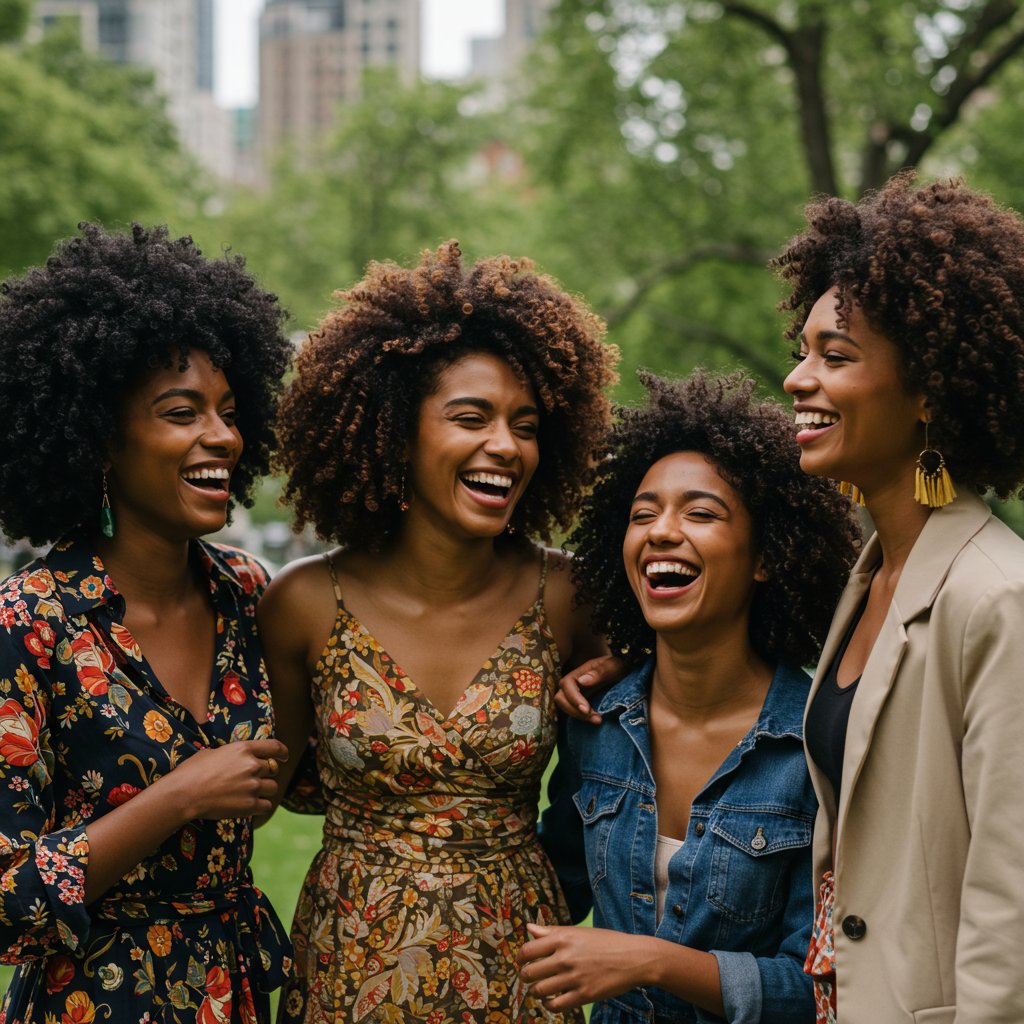
Let go of outdated beauty standards and embrace the freedom that comes with authenticity. Your hair, in its natural state, is professional, beautiful, and powerful. By understanding its needs and nurturing it with care, you unlock its full potential. We hope this guide serves as a valuable resource and a source of encouragement as you walk your path, celebrating the magnificent beauty of natural hair every step of the way.


